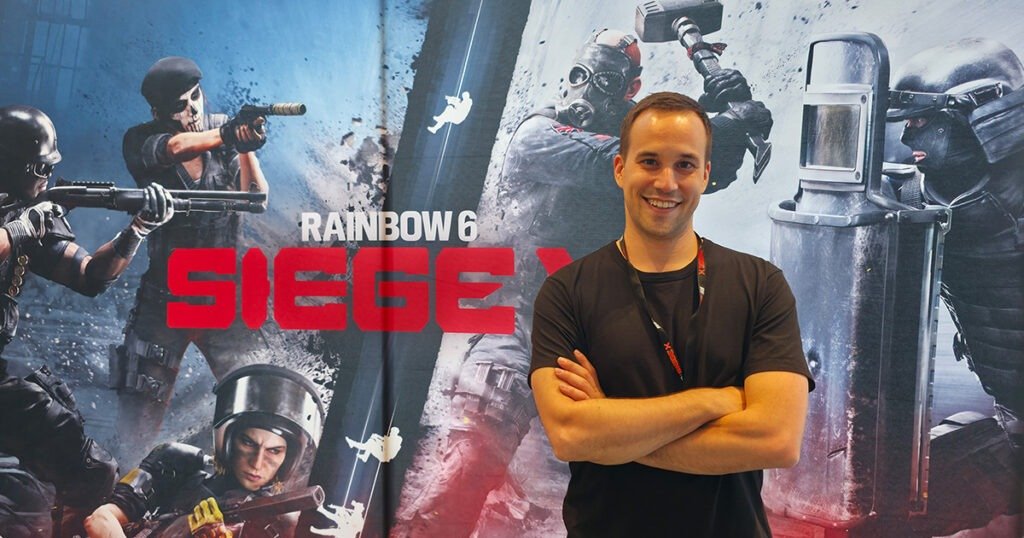Table of Contents
Building the Next Decade of Rainbow Six Siege
The Constant Siege
When Rainbow Six Siege launched in 2015, few could have predicted that it would still be standing — stronger than ever — a decade later. The tactical shooter has not just survived in an industry defined by turnover but thrived by doing what many others could not: evolving without losing its soul.
“At its core, Siege is an incredibly deep game,” says Alexander Karpazis, now Creative Director on Rainbow Six Siege X, during our interview at gamescom asia x Thailand Game Show 2025. “You can spend ten years playing it and not master everything it has to offer.”
That enduring depth remains Siege’s lifeblood. It’s not a game of reflex alone, but of learning and adaptability, of patience rewarded. Karpazis attributes this staying power to an approach that prioritises iteration over reinvention. “Every season, every change — it’s a layer we add, not a replacement. The foundation is always there.”
Reinvention Without Replacement
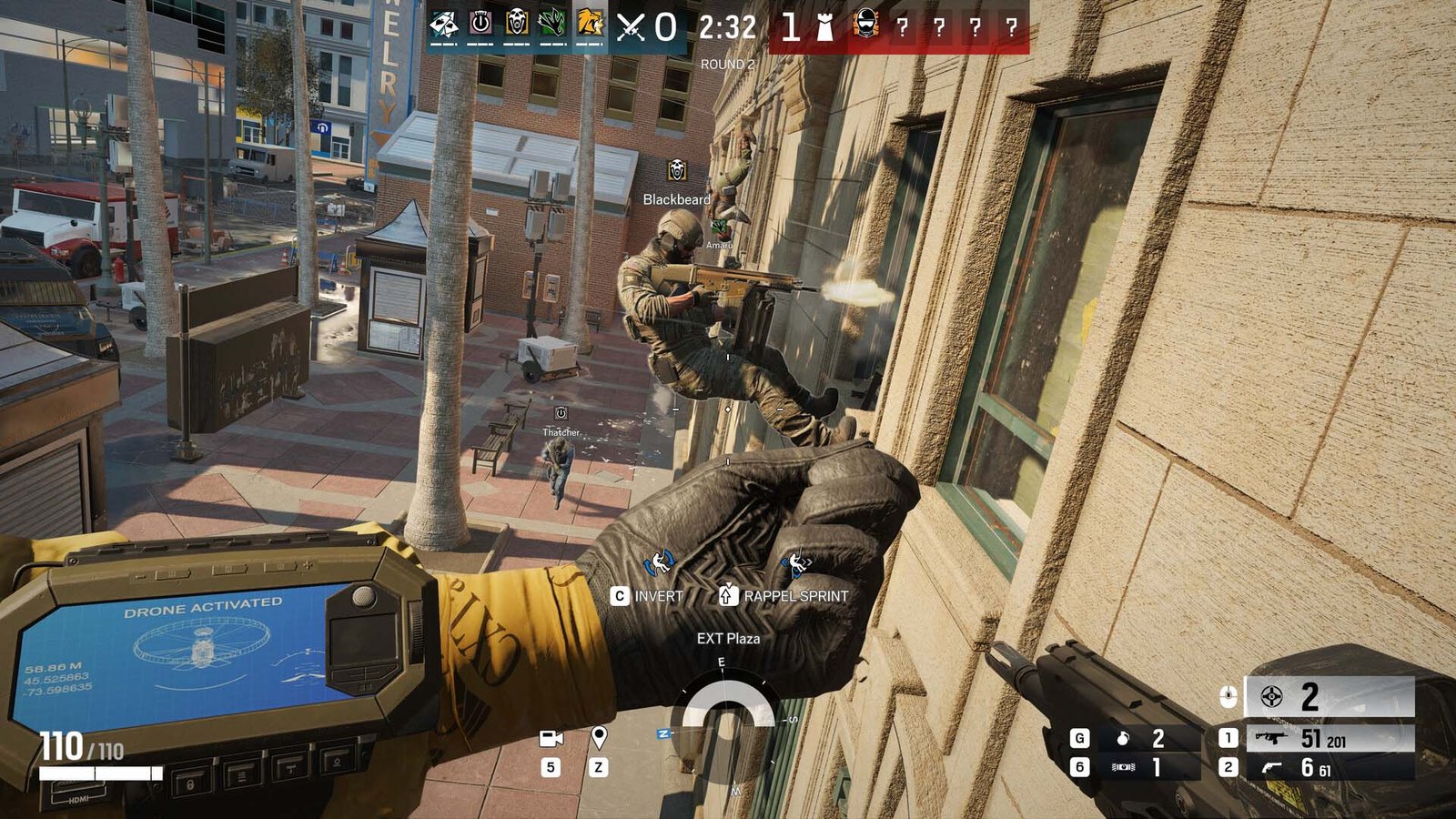
Rainbow Six Siege X, the latest evolution, isn’t a sequel so much as a renewal. But the heart of the experience with methodical destruction, tactical tension, and that one-shot-matters mindset remains untouched.
“Siege X is a great jumping-on point for new players,” Karpazis explains, “but it’s also for veterans that want to explore more. We modernised some elements like maps and controls, while increasing the depth with new destructible ingredients.”
Those materials that react differently to ballistics, gadgets, and explosions redefine the sandbox. Walls crumble more believably; floors collapse with intent. For a live game ten years in, that attention to tactile detail feels like evolution rather than nostalgia.
The Operator Fridge
If there’s one thing Rainbow Six Siege has never run out of, it’s imagination. Karpazis describes the process of developing new operators with genuine affection. “We have what we lovingly call the Operator fridge,” he says, smiling. “Ideas that we hold for later, some that need more time to build or story elements to flesh out.”
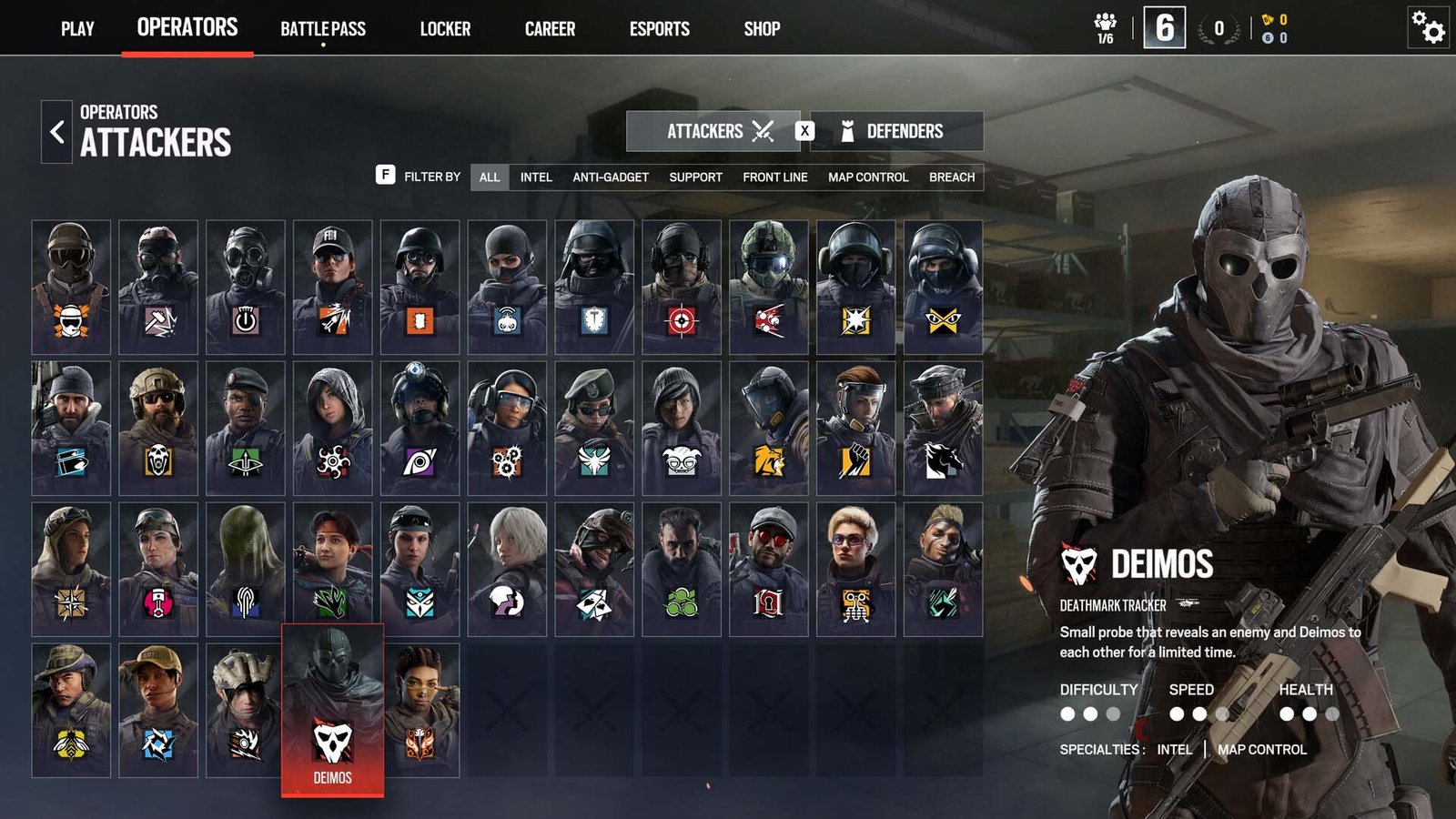
It’s a vivid metaphor for how the team curates creativity, storing prototypes and inspirations until technology or context catches up. He confirms that operators inspired by Southeast Asian special forces will come into play, which should be music to the ears of a growing community of players in the region.
That blend of authenticity and creativity has kept the roster feeling fresh, a world map of playstyles, philosophies, and identities.
Listening, But Not Losing Vision
Maintaining balance in a game as competitive as Rainbow Six Siege requires precision, but Karpazis insists it’s also about empathy. “When we get feedback, we try to understand the root cause,” he explains. “It can come from balancing or from respecting the brand’s tone.”
He recalls one of the more controversial shifts: the removal of ACOG scopes from Defender weapons. “People were upset,” he admits. “But the great thing about a live game is nothing is permanent, it’s always changing.”
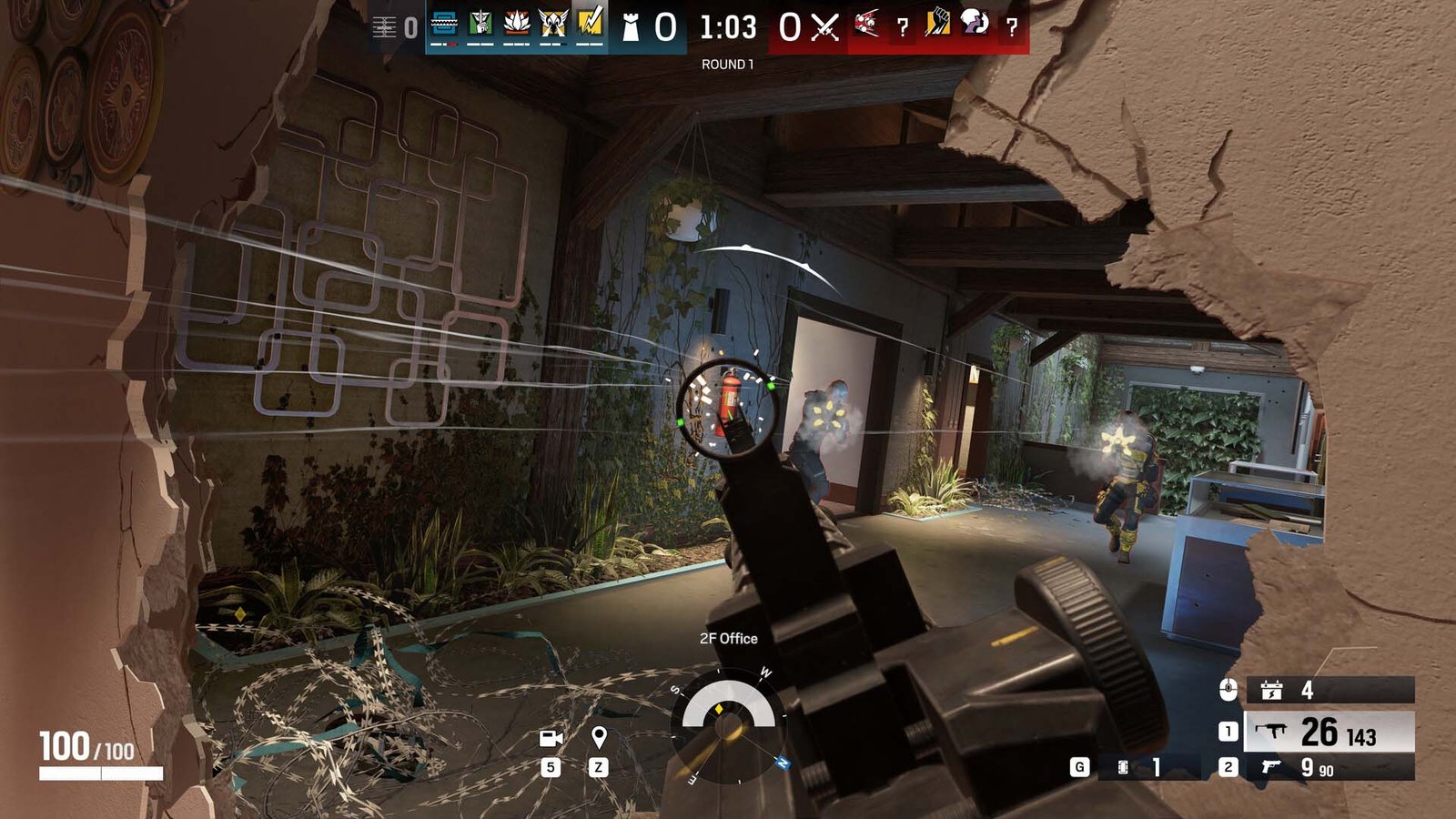
That willingness to course-correct without losing direction has become a hallmark of Siege’s live-service model. Ubisoft’s philosophy, Karpazis says, is not to follow every demand but to interpret them, and to find the truth behind the noise.
Fighting Fair
With longevity comes scrutiny, and in the competitive scene, fairness is sacred. Over the years, Rainbow Six Siege has had its share of issues with cheating and hardware spoofing. Karpazis is candid about it. “We’ve been improving R6 Shieldguard since Siege X, getting faster at deploying changes to stay ahead of cheat makers.”
He describes the challenge as a constant arms race, one fought as much with data as with design. The result is a tighter, cleaner experience across all platforms, reinforcing Siege’s place as one of the few competitive shooters where skill, not systems, determines victory.
Style, Immersion, and Player Identity
The conversation shifts to cosmetics — one of Rainbow Six Siege‘s most persistent talking points. Should a tactical shooter lean into realism, or celebrate expression?
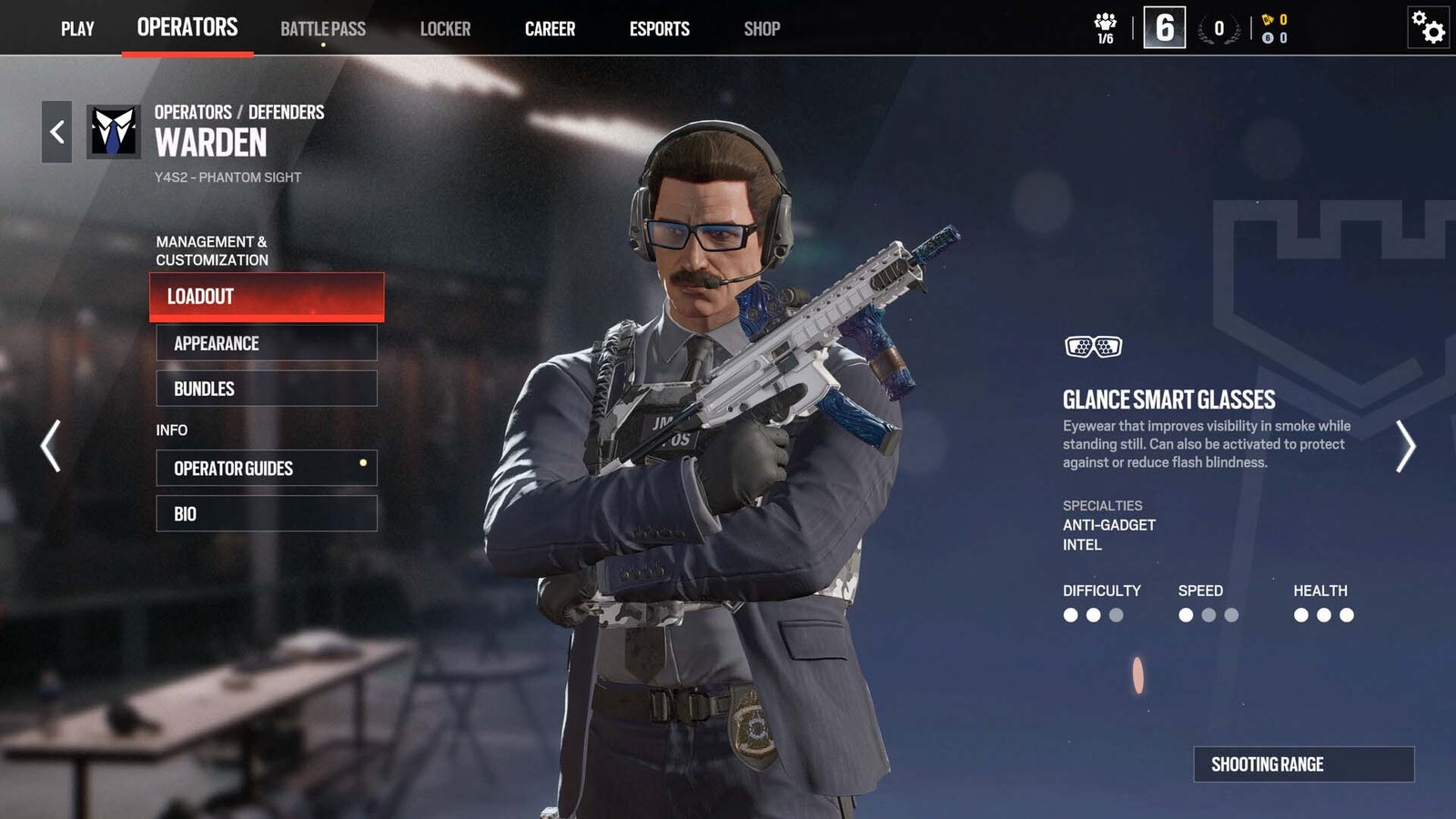
“There’s a push-pull between people who want a military-sim experience and those who really want to show off cosmetics,” Karpazis says. “Both are valid. It’s our job to make sure neither breaks immersion.”
He reveals that internal discussions have explored an “immersion mode,” a limited playlist where cosmetics are toned down for those who prefer authenticity. It’s not a confirmed feature, but the idea shows how open the team is to experimentation. “We’ll prototype, we’ll test. If it feels right, we’ll see where it goes.”
Defining the Next Ten Years
When asked about Siege X’s future, Karpazis talks less about content and more about philosophy. “Next-gen consoles, new PCs — it doesn’t stop there,” he says. “With each leap, we get new visuals, but also new gameplay.”
He mentions a 40-page internal document, a living archive of experiments, technologies, and half-realised dreams. “We are not at the point where we’re like, this is the end,” he says. “There’s still a lot to do.”
Those plans extend far beyond maps and gadgets. Karpazis hints at new rendering techniques, AI-driven level behaviour, and even player-driven storytelling tools, signs that Siege X could one day evolve into something broader than a tactical shooter.
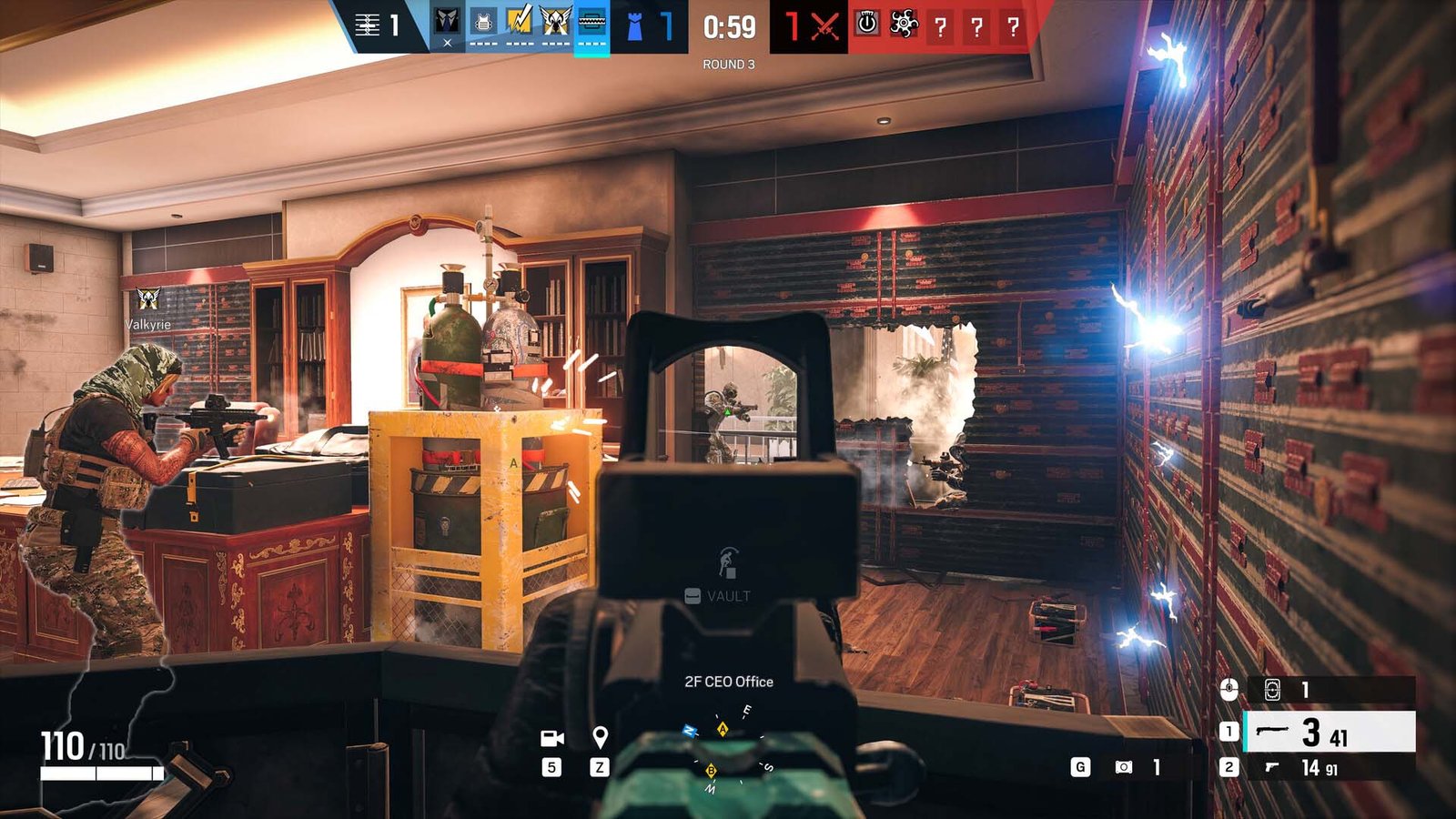
Measuring Success Differently
For a game that began as an underdog, Siege’s definition of success has transformed. Early on, it was about convincing people to try a new kind of shooter. Today, it’s about community.
“Having esports competitions that continue to grow… even the APAC regions now are really stepping up,” Karpazis says. “That’s a great measure of success.”
He sees Rainbow Six Siege‘s longevity as a reflection of its players’ loyalty, and in turn, fuel developers and teams to keep doing what they do. It’s a win-win for all involved.
The Lesson of Patience
Karpazis’ own journey mirrors the game’s evolution. Having joined the gaming industry as an intern before climbing his way to Creative Director for a pillar of competitive shooters, he credits patience as the one constant lesson. “Be patient,” he says. “Video games are not a solo endeavour. It’s about teamwork and letting others take their time to contribute.”
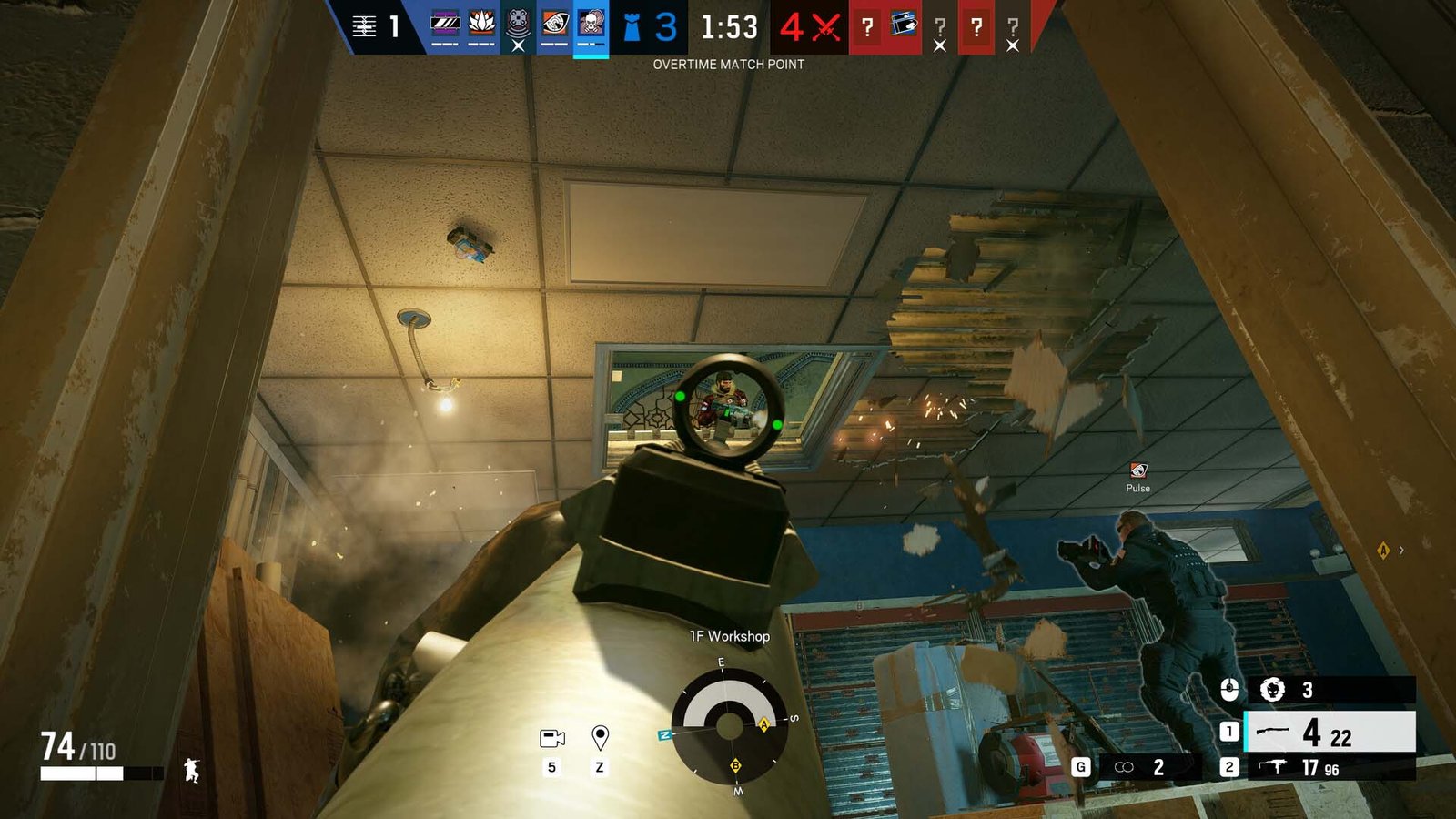
That sentiment loops perfectly back to Rainbow Six Siege X’s ethos: cooperation, understanding, and endurance. It’s the same philosophy that built the game’s foundation and the same one that will guide its future.
When asked if Siege is a unicorn among live-service titles, Karpazis doesn’t hesitate. “Absolutely. In 2015, a live-service game was still new… even today, it’s a very unique identity within the industry.”
Ten years on, Rainbow Six Siege X doesn’t feel like a relic of the past or a rebranding for the future. It feels like a promise that with the right balance of patience, creativity, and courage, a game doesn’t have to end. It can just keep learning how to live.

